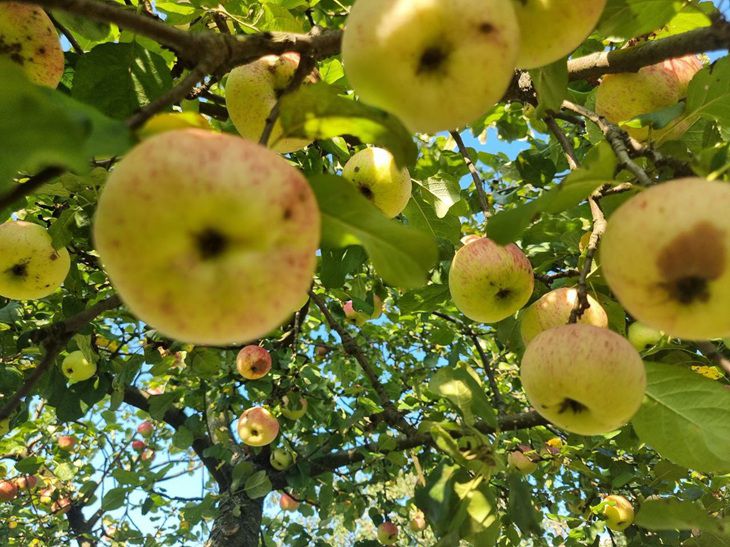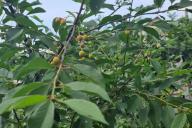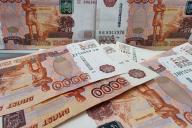Neighbors generously share their harvest, but remain silent about the main reason for your failure.
Agronomists and experienced gardeners know: the problem is not always in the variety or the weather. We reveal the secrets that even friendly summer residents hide.
"Pollinating Neighbor" - Myth or Reality?
Most apple trees do not self-pollinate. If there is no other variety within 50 m, the flowers will remain empty.

According to the Ministry of Agriculture, 70% of “barren” apple trees suffer from the lack of a pollinator neighbor.
Plant another apple tree variety nearby (for example, Antonovka for Melba) or graft a pollinator branch.
Overfeeding with nitrogen
Do you fertilize with urea and manure? Nitrogen stimulates foliage growth, but kills ovaries.
Sign: the tree is tall, with dense greenery, but without flowers.
Advice: from August switch to potassium-phosphorus fertilizers (superphosphate, ash).
Incorrect pruning
Too radical a pruning removes fruit shoots. The apple tree spends its energy on restoration, not on fruit.
Mistake: pruning more than 30% of the crown per season.
How to fix: remove only dry, diseased branches and those growing inside the crown.
Rings under pressure
Fruits are formed on the rings (short branches-shoots). If they are shaded by long branches or damaged during harvesting, there will be no apples.
Tip: Tie up heavy branches to avoid breaking the rings.
Invisible diseases
Chlorosis, root canker or hidden fungal infections deplete the tree.
Symptoms: yellow leaves, cracks in the bark, wilting without reason.
Emergency aid: treat with 3% Bordeaux mixture and add iron sulfate (according to instructions).
Your plan for spring
1. March: sanitary pruning, treatment with copper sulfate.
2. April: ash fertilization (200 g per trunk).
3. May: spraying with boric acid (2 g per 10 l of water) to stimulate ovaries.
If the apple tree is older than 7 years and has never borne fruit, it may be wild. Graft a cultivated variety or plant a new tree.








